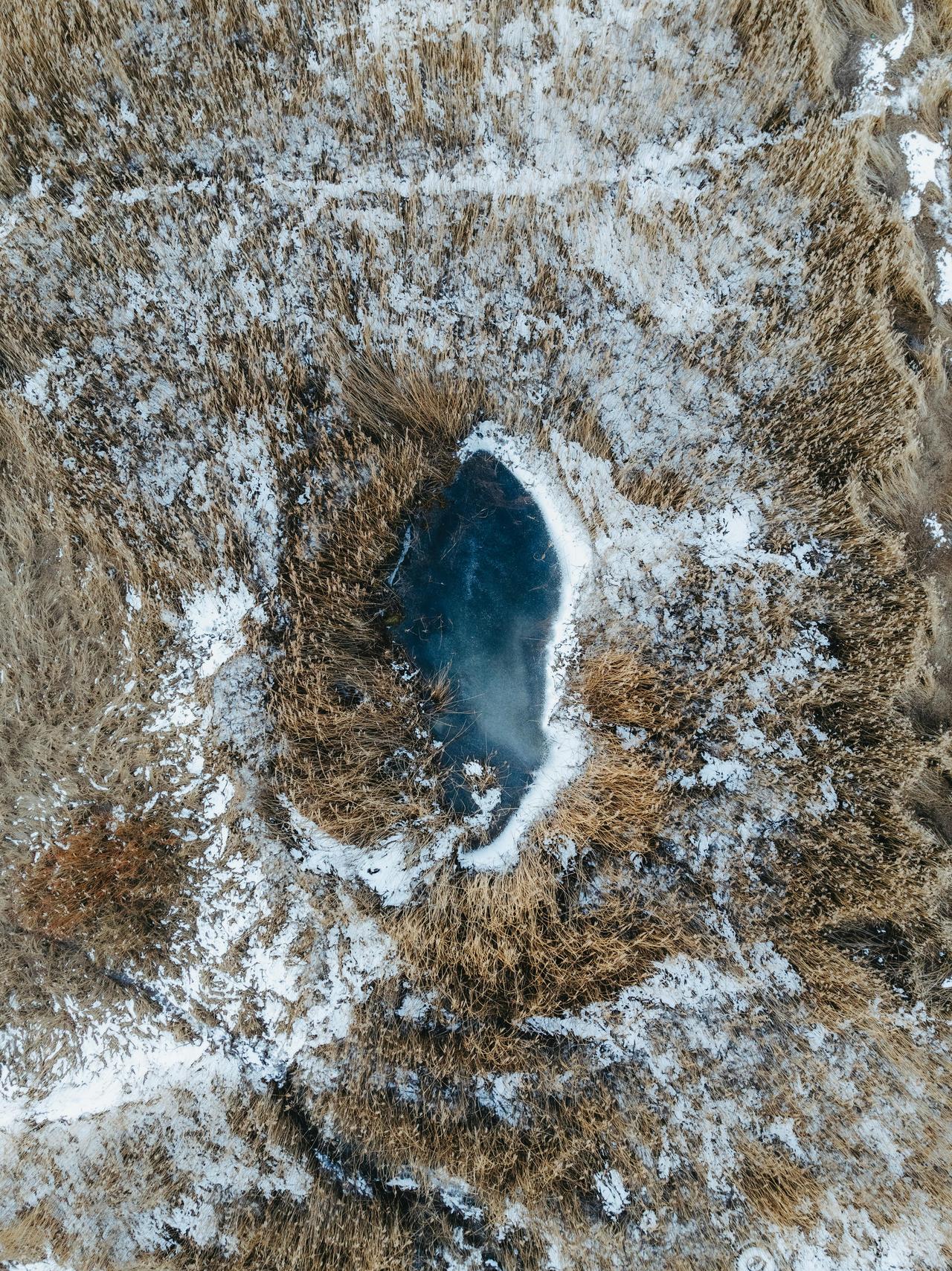Non-Parametric Local Transforms For Computing Visual Correspondence

Non-parametric methods in computer vision often provide flexibility and adaptability that parametric approaches may lack, especially when dealing with complex visual correspondence problems. The exact phrase “non-parametric local transforms for computing visual correspondence” refers to a technique used to estimate and match visual features between images without assuming a predefined parametric model for the transformation. This approach is particularly useful in scenarios where the relationship between images is highly non-linear or varies significantly across different regions of the image.
In visual correspondence, the goal is to establish a correspondence between features or points in different images, which can be crucial for tasks such as image registration, object recognition, and 3D reconstruction. Non-parametric local transforms address this by using local information around each feature point to compute transformations. This approach contrasts with global parametric models that assume a uniform transformation across the entire image. Instead, non-parametric methods adapt the transformation based on local data, which allows for more precise handling of variations and distortions present in the visual data.
One common technique in this domain involves using local descriptors or features extracted from image regions to estimate transformations. For example, methods such as kernel density estimation or local smoothing are employed to capture the local variations and relationships between images. This can be achieved through algorithms that compute local transformations based on neighborhood information or through statistical methods that do not assume a specific form for the transformation function.
Non-parametric local transforms are particularly advantageous in situations where the images being compared exhibit complex distortions or deformations that cannot be easily modeled with standard parametric approaches. By focusing on local information, these methods provide a more flexible framework for establishing visual correspondences, leading to improved accuracy and robustness in matching visual features across different images. This makes non-parametric local transforms a valuable tool in advanced computer vision applications where adaptability to local variations is essential for effective image analysis and interpretation.
Non-parametric methods are a class of statistical techniques that do not assume a specific functional form for the underlying data distribution. Unlike parametric methods, which rely on a fixed set of parameters to model data, non-parametric methods are flexible and adapt to the data itself. This flexibility is particularly useful in scenarios where the form of the data distribution is unknown or complex.
Non-Parametric Local Transforms
Non-parametric local transforms are pivotal in applications like visual correspondence, where the goal is to map points from one image to another based on local features. These methods leverage the local structure of data to estimate transformations without assuming a global parametric model.
Local Transformations Overview
Local transformations are employed to compute visual correspondences by examining the relationships between local features in images. The idea is to transform local patches in a way that minimizes the difference between corresponding patches in different images. This approach is particularly useful in computer vision tasks such as image registration and object recognition.
For instance, in local transform methods, one might use techniques like kernel density estimation or k-nearest neighbor algorithms to estimate local transformations. These methods focus on preserving local structure while adapting to the data’s complexity.
Non-Parametric Visual Correspondence
In the context of visual correspondence, non-parametric methods can adapt to varying local structures in the images, making them robust to distortions and noise. The non-parametric nature of these methods allows them to handle complex transformations that parametric models might struggle with.
An example of a non-parametric method used for visual correspondence is the Local Feature Matching Algorithm, which identifies corresponding points between images by analyzing local feature descriptors and their spatial relationships. This technique does not rely on a global model but rather focuses on local feature alignment, making it adaptable to diverse image transformations.
Mathjax: Non-Parametric Estimation
To estimate a local transformation, one might use the Weighted Kernel Density Estimator:
$$ \hat{f}(x) = \frac{1}{nh^d} \sum_{i=1}^{n} K \left( \frac{x - x_i}{h} \right) $$where \(\hat{f}(x)\) is the estimated density at point \(x\), \(K\) is the kernel function, \(h\) is the bandwidth parameter, and \(n\) is the number of data points.
Practical Applications and Considerations
Non-parametric methods are widely used in various applications, including:
- Image Registration: Aligning different images based on local features.
- Object Recognition: Identifying and matching objects in different images.
- Anomaly Detection: Detecting unusual patterns in data without predefined models.
However, these methods can be computationally intensive and may require careful selection of parameters like bandwidth or neighborhood size.
Key References
- “Non-parametric Local Transforms for Computing Visual Correspondence” – Explores various techniques and their applications in visual data analysis.
- “Introduction to Non-parametric Methods in Statistics” – Provides foundational knowledge and practical insights into non-parametric techniques.
Non-parametric methods offer a versatile toolkit for analyzing complex data structures without rigid assumptions, making them valuable for many modern statistical and machine learning applications.
Excited by What You've Read?
There's more where that came from! Sign up now to receive personalized financial insights tailored to your interests.
Stay ahead of the curve - effortlessly.

